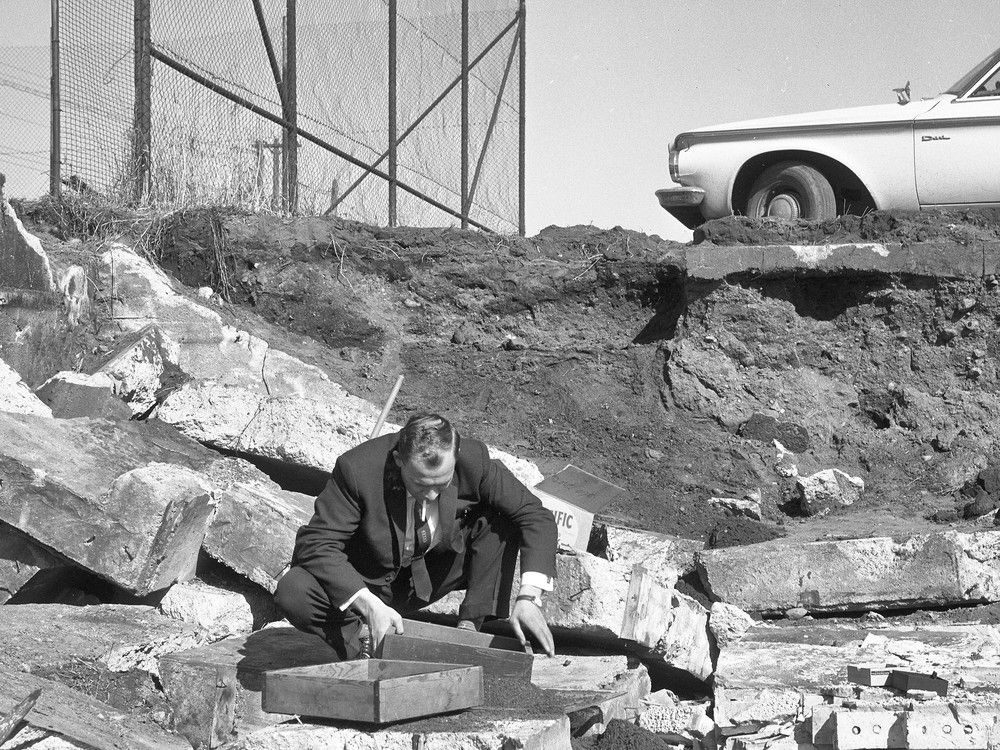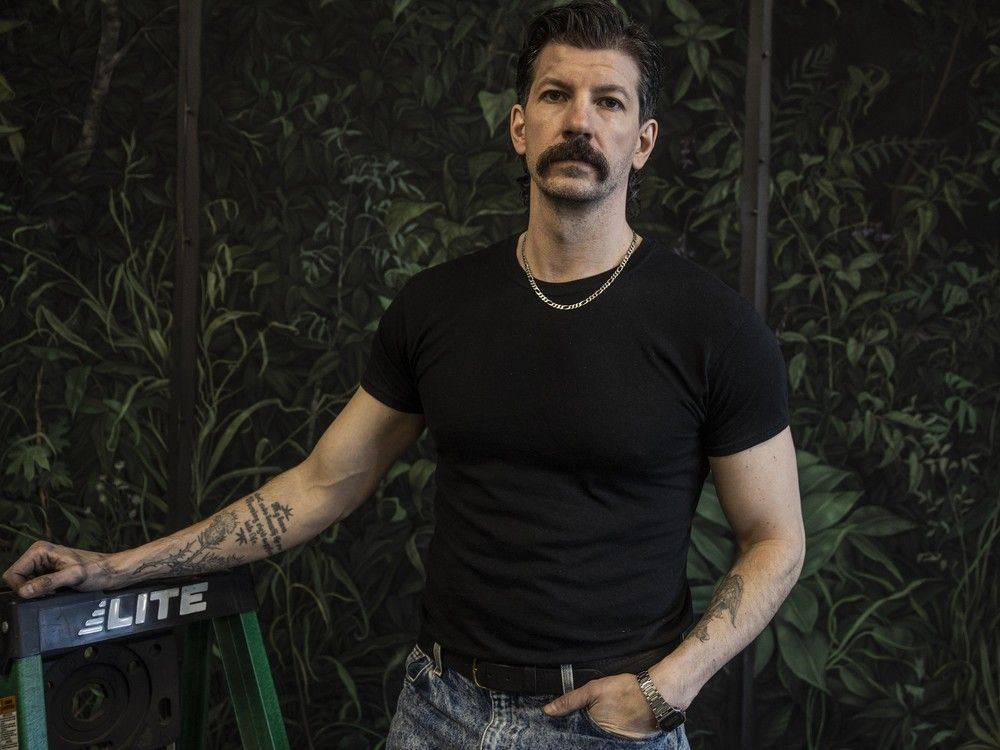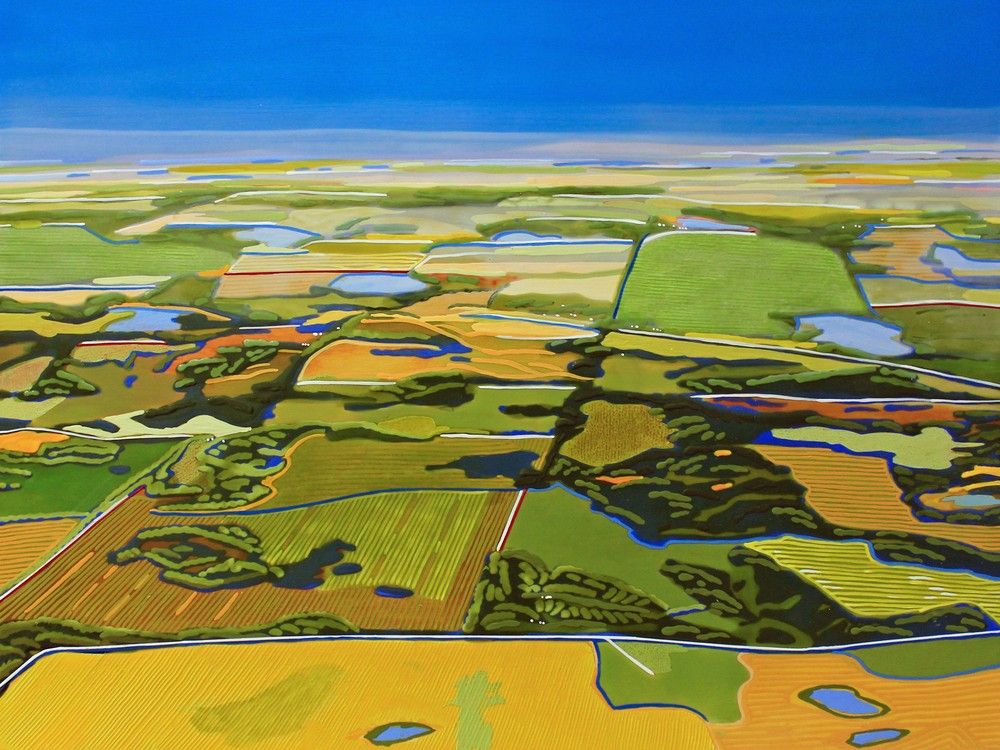
Well, well, well—Mother Nature is shaking things up again. Literally. Myanmar had an earthquake, and suddenly, everyone in Dhaka is pretending they always cared about tectonic plates and fault lines.
WhatsApp aunties are forwarding voice notes about "cosmic alignment," and your office uncle is now a self-declared seismologist because he once watched a National Geographic documentary. As an environmental specialist, I've spent years trying to get people to care about things like wetlands, building codes, and the inconvenient truth that concrete doesn't grow on trees (but, ironically, trees do get murdered to make way for it). I've made presentations with graphs, citations, and colour-coded disaster maps.

I've begged policymakers to look beyond the next election cycle. But it literally needed an earthquake to devastate Myanmar and Thailand for everyone to suddenly lose their collective minds and go, "Wait, are we safe?" Let me answer that for you. No.
We are not. The recent earthquake in our neighbourhood could be only a knock on the door from Mother Nature—before she inevitably kicks the door in. You see, Mother Nature has been remarkably patient.
She gave us gentle reminders in the form of rising sea levels, flash floods, droughts, dengue explosions, and air pollution so thick it could be sold as soup. But did we listen? No. We paved wetlands, built 20-storey towers on marshland, and called it "Eco City.
" We responded to climate reports with the same energy we give to traffic rules—mild concern followed by complete disregard. So now, she's moving on to phase two of her rampage: earthquakes. And when—not if—it happens in Dhaka, we'll be collapsing faster than our broadband on a rainy day.
Because let's be honest, Dhaka is one firm tectonic nudge away from becoming a very dusty pancake. Most of our buildings were not built with earthquakes in mind. The Bangladesh National Building Code exists in theory—somewhere between fairy tales and science fiction.
If an earthquake similar to the recent one happened in Dhaka, it wouldn't just shake the ground. It would collapse our entire coping mechanism. We're not prepared.
We know we're not prepared. Our buildings are held up by bribes, prayers, and leftover rickshaw parts. Half of Dhaka's high-rises were built during Mercury retrograde by someone's chacha, who once "helped with cement mixing" and now claims to be a structural engineer.
Earthquake-resistant design is a punchline here, not a practice. Our city planners have treated Dhaka like a game of Tetris, stacking buildings wherever they can squeeze them in, with zero regard for soil stability, open spaces, or the basic concept of ventilation. Emergency exits are blocked by flowerpots or that one guy who refuses to move his chair.
Stairwells double as storage units. Lifts operate on the power of sheer optimism. If a real quake hits, most people won't be able to leave the building, let alone survive it.
There are countries that hold nationwide earthquake drills, where children are taught how to duck, cover, and evacuate calmly. Bangladesh? Our version of disaster preparedness does not acknowledge the very real geological threats beneath our feet. The environmental consequences of our negligence are piling up.
We've drained wetlands that could absorb seismic shockwaves. We've built on riverbeds, hill slopes, and anywhere else we thought we could squeeze in a duplex. We've chopped down every tree that ever stood in the way of a shopping mall.
Dhaka's natural buffers are gone, replaced with concrete jungles that were not only poorly designed but proudly advertised with names like "Green View," even when the only green thing within five kilometres is a dying pothos on someone's balcony. What's worse is that we could do something about it. We have brilliant engineers, passionate urban planners, and environmentalists who've been screaming into the void for decades.
We have access to global research, regional data, and countless examples of cities that actually learned from natural disasters. But what do we do instead? Host a few workshops. Post a few press releases.
Cut a cake for Earth Day and then go back to approving another glass-box monstrosity on reclaimed land. The Myanmar-Thailand quake was a warning. But if we continue to treat environmental negligence as a lifestyle choice, Mother Nature won't send another tremor—she'll send a full-blown slap.
And we won't be posting cheeky "Did you feel that?" stories on Instagram. We'll be standing in the rubble, wondering why we never took the warnings seriously. We need to retrofit our infrastructure, enforce our building codes, protect our wetlands, and actually read the reports that land on the desks of government officials.
We need to prepare our emergency services and teach the public what to do when the earth starts to shake—because, spoiler alert: standing in the doorway holding your laptop isn't going to save you. So, here's a humble suggestion: let's panic now. Let's panic while we still have time.
Because the only thing worse than an earthquake is realising it could've been survivable if we'd done something when we were merely warned. Your move, Dhaka. Earthquake drills or earthquake thrills—pick one.
And to Mother Nature—if you're reading this—please give us a little more time. We're slow learners. But some of us are trying.
Barrister Noshin Nawal is an activist, feminist, and a columnist for The Daily Star. She can be reached at [email protected] . Views expressed in this article are the author's own.
Follow The Daily Star Opinion on Facebook for the latest opinions, commentaries and analyses by experts and professionals. To contribute your article or letter to The Daily Star Opinion, see our guidelines for submission . Well, well, well—Mother Nature is shaking things up again.
Literally. Myanmar had an earthquake, and suddenly, everyone in Dhaka is pretending they always cared about tectonic plates and fault lines. WhatsApp aunties are forwarding voice notes about "cosmic alignment," and your office uncle is now a self-declared seismologist because he once watched a National Geographic documentary.
As an environmental specialist, I've spent years trying to get people to care about things like wetlands, building codes, and the inconvenient truth that concrete doesn't grow on trees (but, ironically, trees do get murdered to make way for it). I've made presentations with graphs, citations, and colour-coded disaster maps. I've begged policymakers to look beyond the next election cycle.
But it literally needed an earthquake to devastate Myanmar and Thailand for everyone to suddenly lose their collective minds and go, "Wait, are we safe?" Let me answer that for you. No. We are not.
The recent earthquake in our neighbourhood could be only a knock on the door from Mother Nature—before she inevitably kicks the door in. You see, Mother Nature has been remarkably patient. She gave us gentle reminders in the form of rising sea levels, flash floods, droughts, dengue explosions, and air pollution so thick it could be sold as soup.
But did we listen? No. We paved wetlands, built 20-storey towers on marshland, and called it "Eco City." We responded to climate reports with the same energy we give to traffic rules—mild concern followed by complete disregard.
So now, she's moving on to phase two of her rampage: earthquakes. And when—not if—it happens in Dhaka, we'll be collapsing faster than our broadband on a rainy day. Because let's be honest, Dhaka is one firm tectonic nudge away from becoming a very dusty pancake.
Most of our buildings were not built with earthquakes in mind. The Bangladesh National Building Code exists in theory—somewhere between fairy tales and science fiction. If an earthquake similar to the recent one happened in Dhaka, it wouldn't just shake the ground.
It would collapse our entire coping mechanism. We're not prepared. We know we're not prepared.
Our buildings are held up by bribes, prayers, and leftover rickshaw parts. Half of Dhaka's high-rises were built during Mercury retrograde by someone's chacha, who once "helped with cement mixing" and now claims to be a structural engineer. Earthquake-resistant design is a punchline here, not a practice.
Our city planners have treated Dhaka like a game of Tetris, stacking buildings wherever they can squeeze them in, with zero regard for soil stability, open spaces, or the basic concept of ventilation. Emergency exits are blocked by flowerpots or that one guy who refuses to move his chair. Stairwells double as storage units.
Lifts operate on the power of sheer optimism. If a real quake hits, most people won't be able to leave the building, let alone survive it. There are countries that hold nationwide earthquake drills, where children are taught how to duck, cover, and evacuate calmly.
Bangladesh? Our version of disaster preparedness does not acknowledge the very real geological threats beneath our feet. The environmental consequences of our negligence are piling up. We've drained wetlands that could absorb seismic shockwaves.
We've built on riverbeds, hill slopes, and anywhere else we thought we could squeeze in a duplex. We've chopped down every tree that ever stood in the way of a shopping mall. Dhaka's natural buffers are gone, replaced with concrete jungles that were not only poorly designed but proudly advertised with names like "Green View," even when the only green thing within five kilometres is a dying pothos on someone's balcony.
What's worse is that we could do something about it. We have brilliant engineers, passionate urban planners, and environmentalists who've been screaming into the void for decades. We have access to global research, regional data, and countless examples of cities that actually learned from natural disasters.
But what do we do instead? Host a few workshops. Post a few press releases. Cut a cake for Earth Day and then go back to approving another glass-box monstrosity on reclaimed land.
The Myanmar-Thailand quake was a warning. But if we continue to treat environmental negligence as a lifestyle choice, Mother Nature won't send another tremor—she'll send a full-blown slap. And we won't be posting cheeky "Did you feel that?" stories on Instagram.
We'll be standing in the rubble, wondering why we never took the warnings seriously. We need to retrofit our infrastructure, enforce our building codes, protect our wetlands, and actually read the reports that land on the desks of government officials. We need to prepare our emergency services and teach the public what to do when the earth starts to shake—because, spoiler alert: standing in the doorway holding your laptop isn't going to save you.
So, here's a humble suggestion: let's panic now. Let's panic while we still have time. Because the only thing worse than an earthquake is realising it could've been survivable if we'd done something when we were merely warned.
Your move, Dhaka. Earthquake drills or earthquake thrills—pick one. And to Mother Nature—if you're reading this—please give us a little more time.
We're slow learners. But some of us are trying. Barrister Noshin Nawal is an activist, feminist, and a columnist for The Daily Star.
She can be reached at [email protected] . Views expressed in this article are the author's own. Follow The Daily Star Opinion on Facebook for the latest opinions, commentaries and analyses by experts and professionals.
To contribute your article or letter to The Daily Star Opinion, see our guidelines for submission ..















